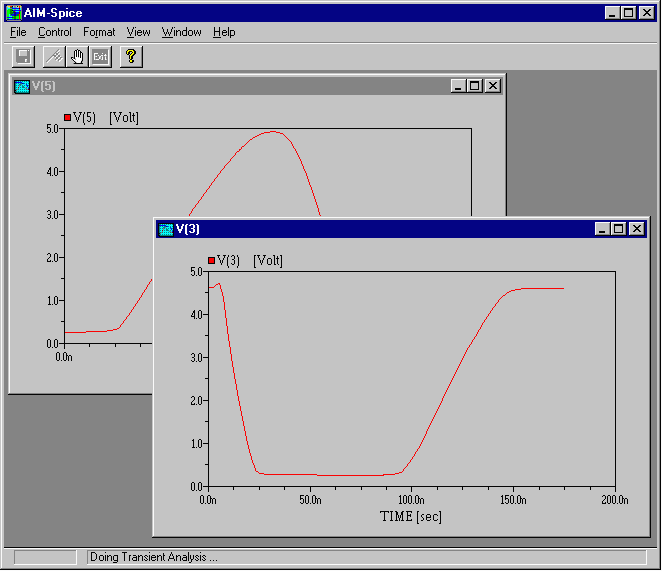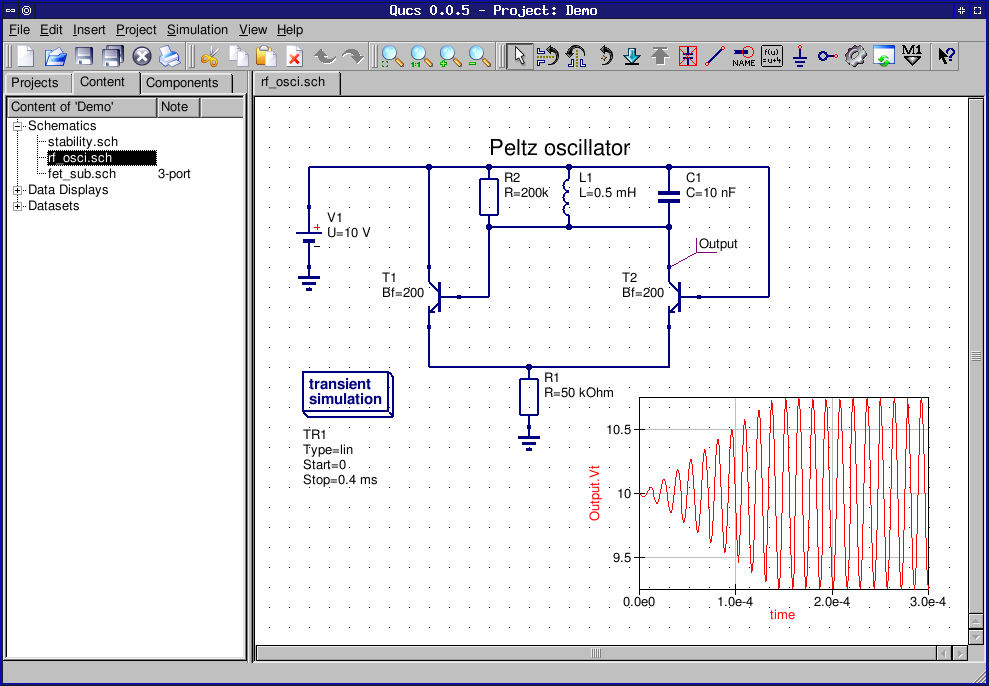Analog Circuit Simulation
Advertisement
SpiceOpus v.2 25
SPICE OPUS is a free general purpose circuit simulator specially suited for optimization loops. It is a recompilation of the original Berkeley source code for Windows and Linux operating systems.
Advertisement
Electroball v.1.0.0.1
ElectroBall is an electric circuit simulation program for teaching at KS3 and KS4. It features a variety of simple circuits and shows movement of electrons around a circuit.
SimLogic v.1.0
SimLogic is a Logic Circuit simulation program that I have done for a School Project. Using this tool is as easy as can be:

QSapecNG for Linux 2.0.0 Beta v.1.0
QSapecNG is a Qt-based program for symbolic analysis of linear analog circuits.

QSapecNG 2.0.0 Beta v.1.0
QSapecNG is a Qt-based program for symbolic analysis of linear analog circuits.
Murata Chip S-Parameter & Impedance v.3 17
Murata Chip S-Parameter & Impedance Library enables you to calculate, view and print graphs of the impedance and S parameter data for chip capacitors or chip inductors. S parameter data in Touchstone format can also be copied.
RLC Circuit Model v.1.0
Study electricity and magnetism with this simulation. RLC Circuit model simulates a resistor,
RC Circuit Model v.1.0
Analyze voltage source behavior with this simulation.RC Circuit models the dynamical behavior of a voltage source attached in series to a resistor and capacitor.
Analog/Digital Conversion v.1.0
Study amplitude resolution with this simulation. Analog/Digital Conversion can display the effects of changing the sampling frequency and / or the amplitude resolution.
Chaotic Electric Circuit Explorer Model v.1.0
This simulation enables the user to explore the properties and behavior of two electrical circuits with known chaotic behavior. The two circuits are Chua's circuit and an autonomous relaxation oscillator (ARO). The simulation has four modes.

